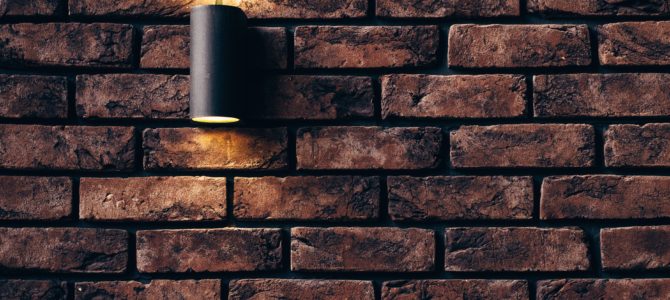MCQs on Mechanical Properties of Solids
Class -11 Physics Chapter -9
Prepared by Experts
Love to learn
Mechanical Properties of solids Chapter -9 Class 11
A. The property of an object to come back to its original size and shape when the applied force is stopped is called:
- Elasticity
- Removability
- Isotopability
- Plasticity
Answer 1
B. The property of an object where it does not come back to its original size and share when the applied force is stopped is called
- Elasticity
- Removability
- Isotopability
- Plasticity
Answer 4
C. When an object is applied a deforming force, a ____ force _____ in magnitude is produced
- Restoring, unequal
- Restoring, equal
- Applied, unequal
- Applied, equal
Answer 2
D. If a cylinder is squeezed by applied forces, the restoring force / area is called
- Uncompressive stress
- Compressive stress
- Normal Stress
- Velocity Stress
Answer 2
E. Tangential stress is also known as
- Shearing Stress
- Normal Stress
- Cylindrical Stress
- Normal Stress
Answer 1
F. If an object is immersed in the water, water applies force on it but the object grows internal restoring forces that are equal and opposite. The internal restoring forces per unit area are called:
- Hydraulic stress
- Solid Stress
- Object Stress
- Ice stress
Answer 1
G. Hooke’s law states that
- For small distortions, stress and strain have no relationship
- For small distortions, stress and strain are proportional to each other
- For large distortions, stress and strain have no relationship
- For large distortions, stress and strain are proportional to each other
Answer 2
H. Hooke’s Law is
- Empirical
- Theoretical
- Both Empirical and Theoretical
- Neither Empirical nor Theoretical
Answer 1
I. Stress / Strain is
- Modulus of plasticity
- Modulus of elasticity/plasticity
- Modulus of elasticity*plasticity
- Modulus of elasticity
Answer 4
J. Young Modulus is
- Longitudinal strain / Tensile Stress
- Tensile Stress X Longitudinal strain
- Tensile Stress / Longitudinal strain
- Tensile strain / Longitudinal stress
Answer 3
K. Poisson’s Ration is
- Lateral strain / longitudinal strain
- longitudinal strain / Lateral strain
- Lateral strain * longitudinal strain
- Lateral stress/longitudinal stress
Answer 1

